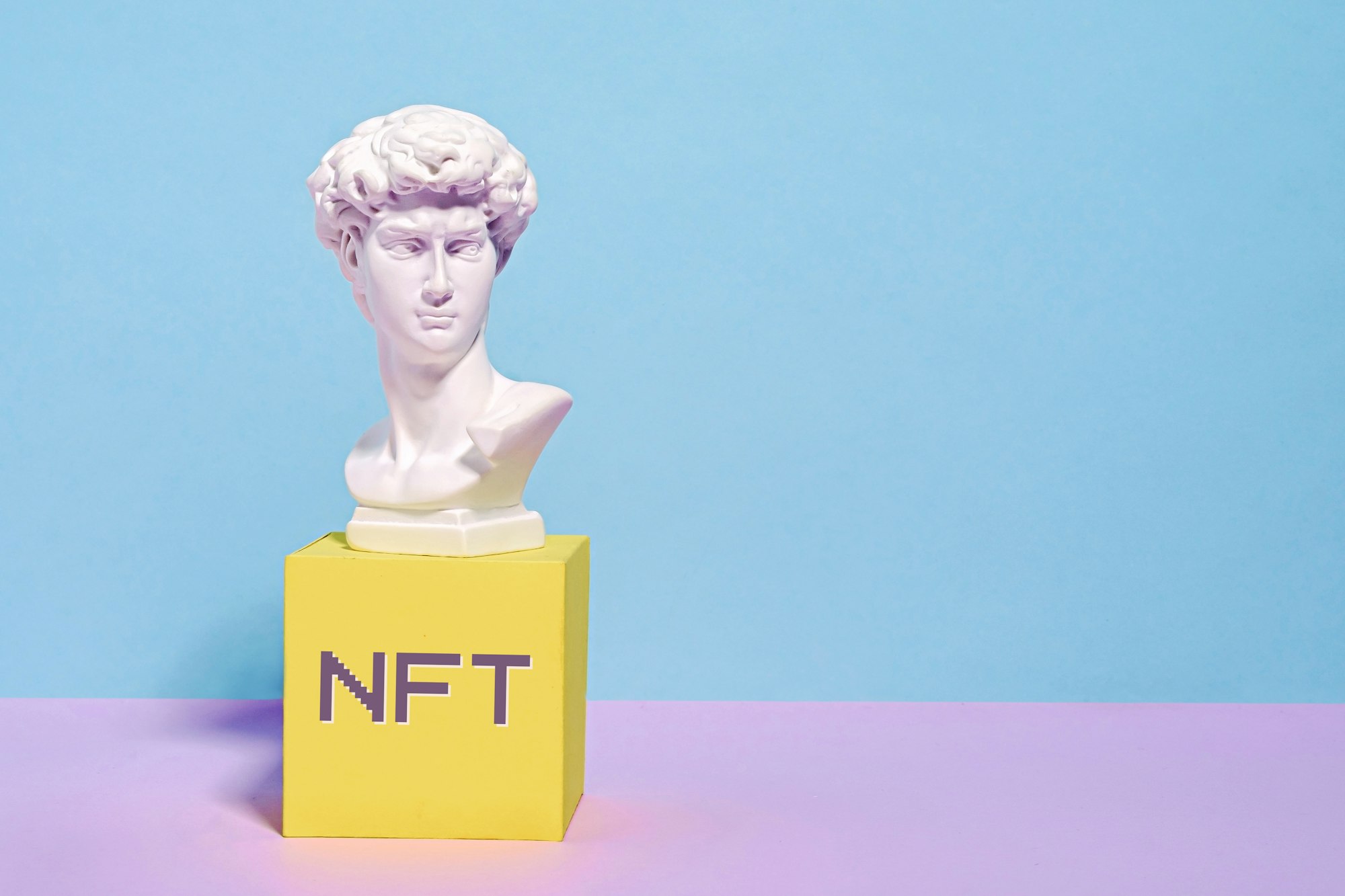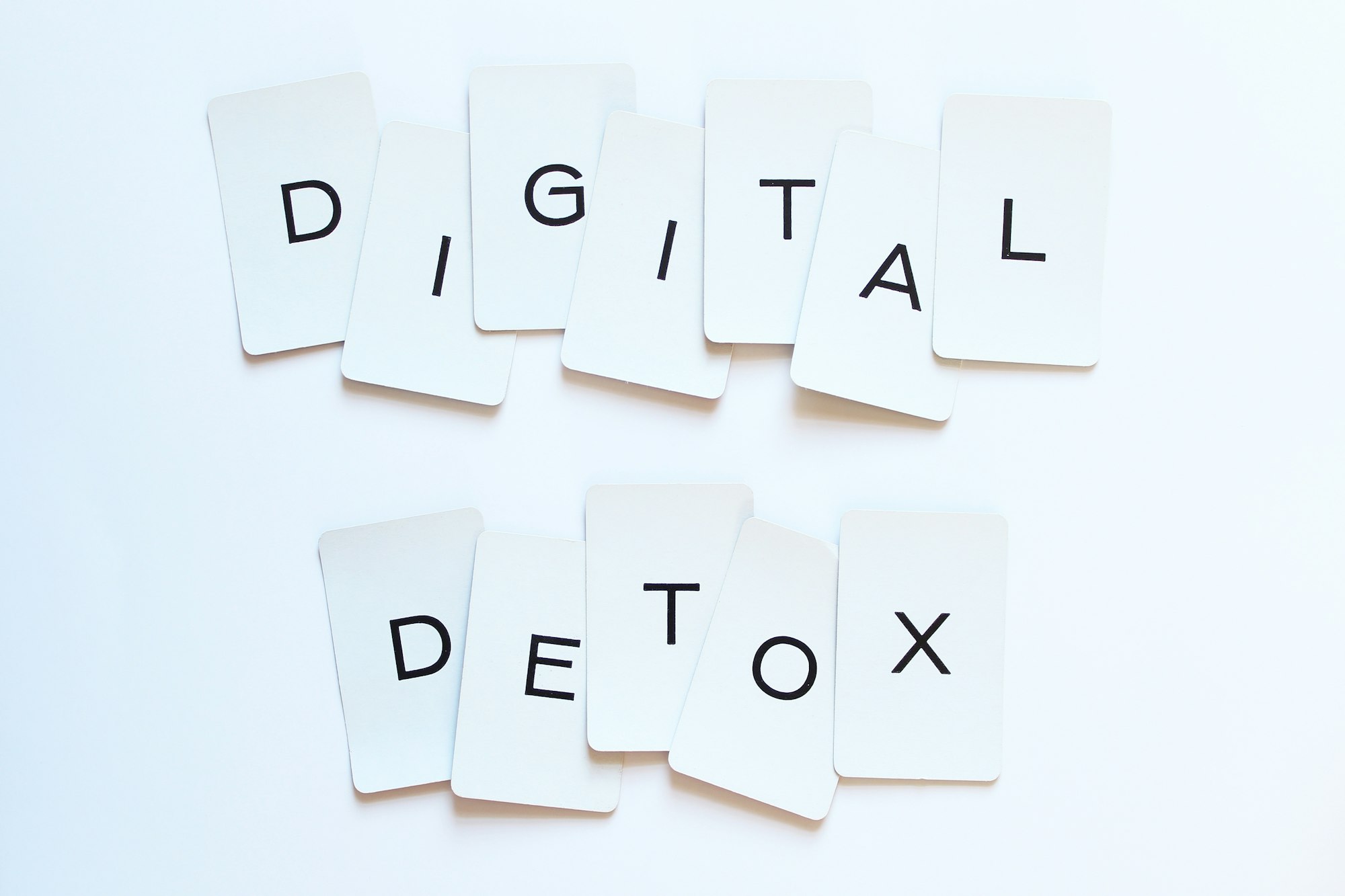The evolution of digital media has revolutionized the way we create, consume, and interact with art, blurring the lines between traditional artistic disciplines and technological innovation. From digital painting and photography to virtual reality (VR) and augmented reality (AR), digital media offers endless possibilities for creative expression and experimentation. In this guide, we’ll explore the dynamic intersection of art and technology, examining how digital media is transforming creativity and shaping the future of artistic practice.
1. Digital Painting and Illustration
Digital painting and illustration have become popular mediums for artists seeking new ways to create and manipulate images. Digital tools such as graphic tablets, styluses, and software like Adobe Photoshop and Procreate enable artists to create intricate and detailed artworks with precision and flexibility. Digital painting offers artists a wide range of brushes, textures, and effects that mimic traditional painting techniques, as well as the ability to work non-destructively and experiment with different compositions and color palettes. Digital artists can easily edit, manipulate, and enhance their work, pushing the boundaries of traditional artistic expression.
2. Photography and Photo Editing
Digital photography has democratized the art of photography, making it accessible to anyone with a smartphone or digital camera. Advances in camera technology and image editing software have transformed photography into a dynamic and versatile medium for creative expression. Photographers can capture and manipulate images in real-time, experimenting with composition, lighting, and perspective to create compelling and evocative photographs. Photo editing software such as Adobe Lightroom and Photoshop allows photographers to enhance and retouch their images, adding creative effects, adjusting colors, and manipulating textures to achieve their desired aesthetic.
3. Virtual Reality (VR) and Augmented Reality (AR)
Virtual reality (VR) and augmented reality (AR) are immersive technologies that blend the digital and physical worlds, creating interactive and immersive experiences for users. In VR, users can explore virtual environments and interact with digital objects in three-dimensional space, while AR overlays digital content onto the real world, enhancing the user’s perception of reality. Artists and designers are harnessing VR and AR technologies to create immersive artworks, interactive installations, and multimedia experiences that engage the senses and provoke thought and emotion. VR and AR offer new opportunities for storytelling, experiential art, and audience engagement, pushing the boundaries of artistic expression.
4. Generative Art and Algorithmic Design
Generative art and algorithmic design are artistic practices that leverage computational algorithms and mathematical principles to create dynamic and evolving artworks. Artists use code to generate complex patterns, forms, and structures that evolve over time, creating artworks that are both unpredictable and infinitely variable. Generative art blurs the distinction between artist and machine, inviting collaboration between human creativity and artificial intelligence. Artists explore concepts such as emergence, randomness, and self-organization, pushing the boundaries of creativity and exploring new frontiers in art and technology.
5. Digital Installations and Interactive Media
Digital installations and interactive media blur the boundaries between art and technology, creating immersive and participatory experiences for viewers. Artists use digital media such as video, animation, sound, and interactive technology to create multisensory environments that engage the senses and provoke thought and emotion. Digital installations may incorporate elements such as projection mapping, motion sensors, and interactive interfaces to create dynamic and interactive experiences that respond to the movements and actions of the audience. These artworks challenge traditional notions of art and invite viewers to become active participants in the creative process.
Conclusion
The intersection of art and technology has opened up new possibilities for creative expression and experimentation, transforming the way we create, consume, and interact with art. From digital painting and photography to virtual reality (VR) and augmented reality (AR), digital media offers endless opportunities for artists to push the boundaries of traditional artistic disciplines and explore new frontiers in creativity. By embracing digital media, artists can harness the power of technology to create immersive, interactive, and innovative artworks that engage audiences in new and unexpected ways.










